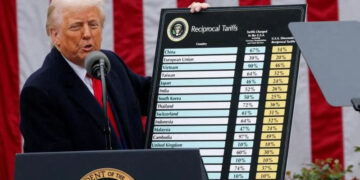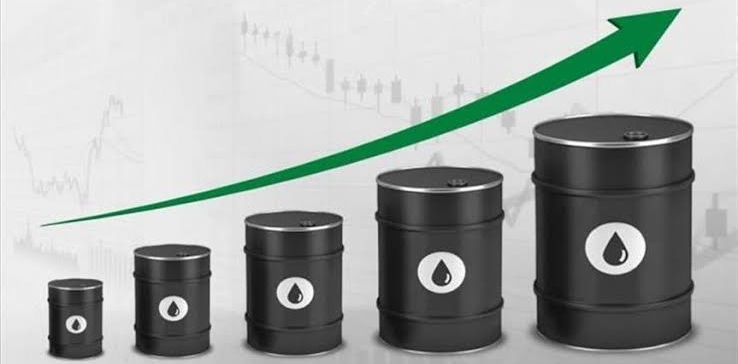By John Ikani
Oil prices soared to their highest since 2008 due to delays in the potential return of Iranian crude to global markets and as the United States and European allies consider banning imports of Russian oil.
Brent crude – the global oil benchmark – rose to above $139 a barrel, before easing to around $130.
The price per barrel of Brent oil has increased 33 percent since Russia invaded Ukraine on February 24.
New York’s benchmark West Texas Intermediate oil also soared Sunday to $130.50 per barrel for April delivery. It, too, then dropped slightly over the next hour and a half.
By 0030 GMT, WTI crude was at $125.15 per barrel, an 8.18 percent increase from its closing price on Friday.
US Secretary of State Antony Blinken said Sunday that Washington was in “active discussions” with European nations about banning Russian oil imports as further economic penalty against Moscow, although he stopped short of announcing an outright boycott.
The US is this week expected to press Saudi Arabia to increase crude production, and there is fresh impetus for a deal over Iran’s nuclear ambitions that would lift sanctions on its oil exports.
However, progress on the deal has been hampered after Russia sought a US guarantee that the sanctions it faces over the Ukraine conflict will not affect its trade with Tehran.
Energy markets have been rocked in recent days over supply fears triggered by the Russian invasion of Ukraine.
Even if oil is technically still exempt from sanctions, Russian oil exporters are struggling to find buyers. Shell is one of the only companies still buying Russian oil, although it said it would donate the profits to Ukrainian causes.
Asked Sunday on CNN about Shell’s announcement, Ukrainian Foreign Minister Dmytro Kuleba urged Shell and other energy giants to cut off Moscow’s biggest revenue source and “stop buying Russian oil.”
“Russian oil and gas smells of Ukrainian blood,” he said.




































